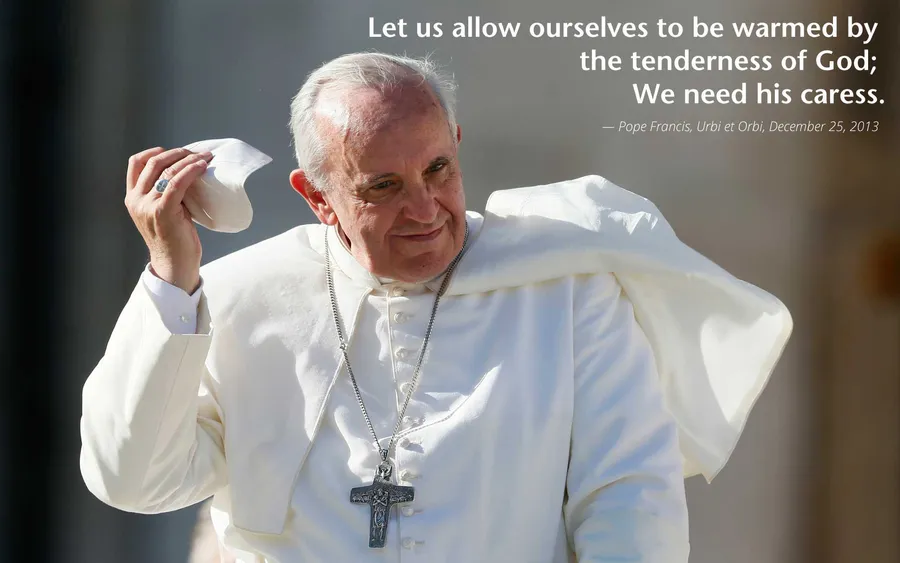On a quiet Easter Monday morning, the world woke to somber news from the Vatican.
The Catholic Church, with its billion followers, faced a moment of profound change. The Vatican announced that Pope Francis, the first Latin American pope, had passed away.
This article explores the life of Pope Francis, the impact of his death, and what lies ahead for the Catholic Church.
Pope Francis’ Death: A Life of Service
Born Jorge Mario Bergoglio in Buenos Aires, Argentina, in 1936, Pope Francis became pope in 2013 after Pope Benedict XVI resigned.
He was known as the “People’s Pope” for his focus on the poor, refugees, and social justice. He washed the feet of refugees in 2016, showing his humility.
Despite health challenges, including a lung surgery in his youth and recent battles with pneumonia, he continued to lead with compassion.
His 12-year papacy was marked by efforts to make the Church more inclusive, such as supporting the decriminalization of homosexuality and criticizing anti-immigration policies.
Francis faced serious health issues in recent years. In February 2025, he was hospitalized for bronchitis, which turned into double pneumonia.
He spent 38 days in Rome’s Gemelli Hospital, facing critical respiratory crises and early kidney failure.
Despite moments of recovery, including a public appearance on Easter Sunday, April 20, 2025, he passed away the next day at 7:35 AM in his Vatican residence, Casa Santa Marta.
Cardinal Kevin Farrell, the Vatican camerlengo, announced his death, praising his dedication to the Gospel and the marginalized.
The Church in Transition

The death of Pope Francis has triggered a period of mourning and preparation in the Catholic Church.
Known as the sede vacante (vacant seat), this time involves a nine-day mourning period called the Novendiale.
The College of Cardinals will now organize a conclave, a secretive meeting to elect a new pope, expected to take place 15 to 20 days after his death.
The dean of the College, Cardinal Giovanni Battista Re, will lead the funeral, likely in St. Peter’s Square, within four to six days.
Unlike past popes, Francis chose to be buried in a simple wooden coffin at Santa Maria Maggiore basilica in Rome, not the Vatican.
This reflects his devotion to the Salus Populi Romani icon and his desire for simplicity. His death has also sparked discussions about his legacy.
He made bold moves, like appointing Sister Raffaella Petrini as the first woman governor of Vatican City and revising Church teachings to oppose the death penalty.
However, his reforms faced resistance from conservative factions, and his clash with U.S. Vice President J.D. Vance over migration policies highlighted tensions.
Looking Ahead

The Catholic Church now faces a pivotal moment. The conclave will decide the direction of the papacy, with progressive and conservative cardinals likely debating Francis’s reforms.
His death has drawn global attention, with prayers and tributes from Argentina to Rome. F
alse rumors about his health had circulated online, but the Vatican’s detailed updates during his hospitalization countered misinformation.
As the world reflects on his legacy, the Church prepares for a new chapter.
Pope Francis’s passing is more than the loss of a leader; it’s the end of an era defined by compassion and change.
His life’s work will shape the Catholic Church for years to come, as the faithful await the election of a new pope.
